#hoodoo conjure
Explore tagged Tumblr posts
Text
Is your New Year's resolution to learn Hoodoo? And did you want to learn from a 3rd generation worker with more than 30 years experience who also happens to be a Palera and Ifa practitioner?
I got you!
Allow me to introduce you to the Four Windz Spiritual Academy! 26 classes.... On all types subjects. By graduation, you will be competent to run your own spiritual practice. I offer a lifetime of support because after the course.... We family!
The 2024 class begins January 19th!
Get you some!
If you have questions, DM me.
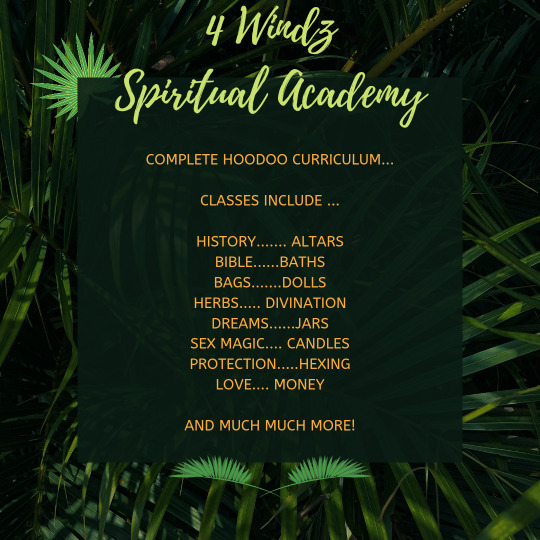

15 notes
·
View notes
Text
I'm so happy Ryan Coogler hired Yvonne Chireau as his Hoodoo consultant for "Sinners'. That man really respects our roots. Yvonne don't play about Black American culture and our connections to spirit and Africa. Her books and lectures are always on point


5K notes
·
View notes
Text
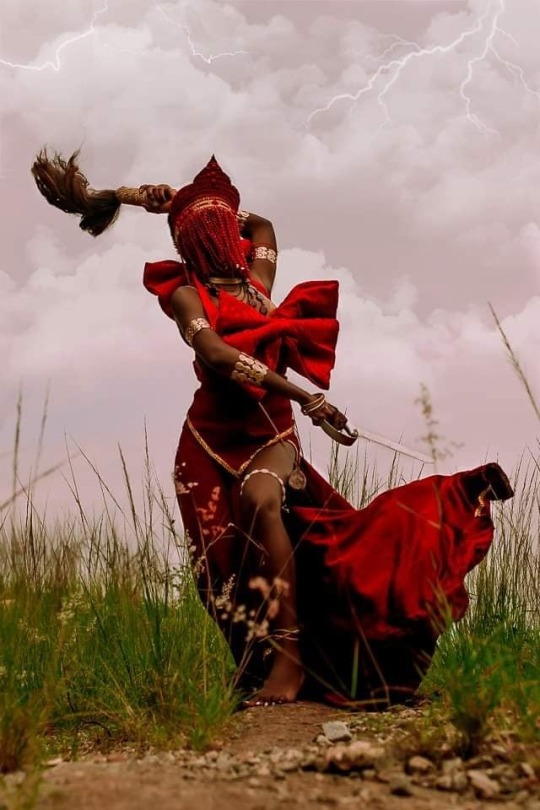






#you scared go to church#hoodoo#conjure#rootwork#roots#voodoo#beauty#black power#black people#orishas#witchy#black spirituality#african traditional religions#level up#black history#black women#black men#melanin#black magic#gentillmatic#black tumblr#black beauty#black experience#spiritual awakening#spirituality#folk magic#plant based#ifa#obeah
927 notes
·
View notes
Text










HOODOO HERITAGE MONTH OCTOBER 1-31st
🕯️🕯️🕯️
#hoodoo#the love witch#black femininity#haitianvodou#witches of color#pagan community#witchblr#black witches#aphrodite#conjure#witches of tiktok#witches of instagram#witchy things#witch aesthetic#afro witch#hoodoo community#hoodoospells#hoodoo aesthetic#vodou#voodoo#black spirituality#day of the dead#halloween#all hallows eve#salem witch trials#salem witches#october#brujasdeinstagram#brujería#brujalife
598 notes
·
View notes
Text
There's levels to ancestral connection, and you shouldn't skip any of them.
Take this as your reminder to first of all, spend time with your spirits, without expecting anything in return. Heavy on that last part. You don't make and maintain a genuine connection with someone just by showing up to their doorstep every time you need something from them. Treat them as people because they are. Your people. You should care for them as much as they care for you.
Be it ancestors (specifically direct blood lineage or adoptive family, any deceased human relative) or ancestral spirits (in general, that is, all ancestral allies and hereditary connections not just your ancestors). Just make time to hang out. Walk up to their space, a cup of your favorite drink in hand, give them their preferred drink and just chat. Don't ask anything in return. If you have an altar for them, do that. But it can be just going to visit their graves and giving libations and flowers, and telling them how your life's going, sharing memories together, remembrance, or just to listen. It can also be going to the beach or a river, and same thing, pour a drink and talk to them, and listen back. It can be your plant allies, while you're watering them, or putting eggshells or honey or sugar water or other good nutrients and fertilizers on their soil. It can be visiting your ancestors in dreams, and spending time with them there. There's so many ways to do this.
The second level to this is letting them sit in your body too. Listen. Become familiar with how they make you feel. With the signs of their arrival and presence. With the signs they communicate with and what they mean to you. With how they let you know they have a message, or that they're in for a visit. And let them in. Dance to your grandma's favorite beats. Sing your grandpa's favorite songs. Make a family recipe and share a meal with them, enjoy it for them and with them.
Ancestral reverence isn't just the big rituals and they're not the most important aspect of it, it is the everyday coexistence, in your little but constant everyday ways.
Do as you do but also as they did. You're an extension of them and they're an extension of you. They not only walk with you, you carry them within you.
Honor that.
#there's more and I may expand on it later#but this is it for now#hoodoo#ancestral reverence#ancestor worship#brujería#curanderismo#conjure#black conjure#brujeria
1K notes
·
View notes
Text
i cannot stress enough how important a relationship with your ancestors is, especially now.
a white candle, a cup of water and 15 mins is really all you need.
place your white candle and glass of water on your altar. your altar can be anything: the top of a dresser or nightstand, a mantle, a small table, a window sill, anything.
light your candle and call on your ancestors. if you know their names, call them out if you want. or just say “to my ancestors, known and unknown, i welcome you here now. i look forward to getting to know you.”
then take a couple minutes and just listen. you may notice a change in the temperature, or a song stuck in your head. maybe you don’t hear or feel anything at all. that’s okay. it takes time to get to know someone in the physical, so it makes sense that it take some time in the spiritual as well.
spend a couple minutes once a week, talking to and listening for your ancestors. start with 2 minutes, then 5 etc. refresh the water once a week. increase the number of times you’re at your altar slowly. you don’t have to go all out all at once, trust me.
after a while you can start giving different offerings like: coffee, tea, likka, tobacco, dragons blood, food ect. again, don’t go all out all at once.
personally, since i’ve started over, i only give big offerings on first sunday. i make a nice sunday dinner complete with dessert for my ancestors the first sunday of every month. i struggle with my mental health and having low energy and this works for both me and my ancestors. figure out what works for you and yours.
also, remember your ancestors are more understanding than we think. you may think they don’t understand queerness, mental illness, disability etc but i promise you they do. you are not the first and you won’t be the last.
okay, i think that’s it for now. feel free to add to this post some more tips for ancestor work
140 notes
·
View notes
Text

If someone claims to practice Hoodoo but says they don't pray, then they are not truly practicing Hoodoo. Don't let the trend followers on social media make you believe that prayer is bad. Praying as a beggar is bad because it spiritually opens a portal, and begging is a form of low vibrational energy. This low vibrational energy allows spiritual leeches and parasites to attack you, leading to spiritually transmitted demons, psychic attacks, mental episodes, and freak accidents. However, with proper prayer and an understanding of how your words can access different realms, you are truly practicing Hoodoo correctly.
#hoodoo#medium#witch#ancestor veneration#rootwork#black women#conjure#prophet#tutnese#luxury#southern conjure
235 notes
·
View notes
Text

February calendar from the Hoodoo Almanac 2025.
99 notes
·
View notes
Text
Witchy tip: Do rituals under the same moon phase that was present the day you were born. You have a special connection with that energy.
I have found this to be very useful. For some reason folks think you can only harness the most energy from the New and Full moons.
#baby witch#beginner witch#green witch#pagan witch#spellwork#witch aesthetic#witchcore#witchcraft#witchythings#witchyvibes#witchy tips#hoodoo tips#conjure tip#rootwork#witchy advice#moon magick#moon spells
812 notes
·
View notes
Text
youtube
91 notes
·
View notes
Text

🌙🦋hoodoo inspired witchy moodboard✨🔮
#hoodoo#witchblr#rootwork#conjure#afro witch#black witch#bruja#moodboard#my edit#witchblr moodboard#love magic#love witch
553 notes
·
View notes
Text
the fool is sooo like “did you know you have a new beginning around the corner? did you know that it’s totally okay to take a leap of faith right now? did you know that the universe supports you no matter what? girl the universe says yes, we’re encouraging u, mamaaaa!! new era, new you!”
#tarot#tarot humor#tarot memes#hoodoo#divination#the fool#the fool tarot#daily tarot#tarot reader#tarot meaning#tarot reading#tarot cards#tarotblr#energy reader#spirituality#manifestarion#conjure#witchy#witchcraft#tarotcommunity#oracle#oracle cards#oracle reading#oracle deck
61 notes
·
View notes
Text

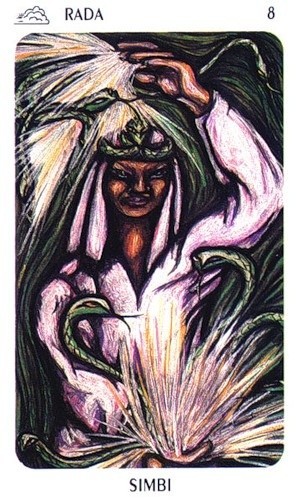

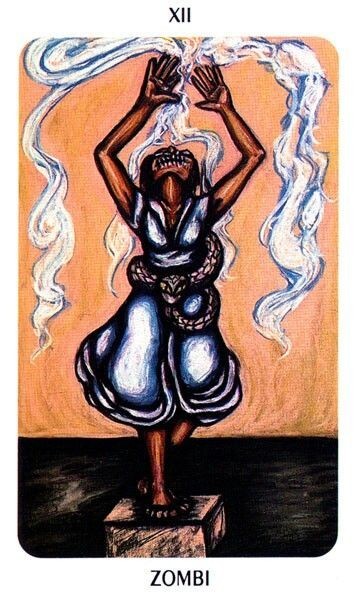
#Voodoo#Tarot#NewOrleans#Mystic#Ceremony#Ritual#Possession#Altar#Ancestor#Sacred#prophecy#Initiation#Spirituality#Guardians#Vision#Energy#Transformation#Protection#Alchemy#Balance#Rebirth#Channeling#Power#hidden#Wisdom#Mastery#Hoodoo#Conjure#Awakening#Illumination
34 notes
·
View notes
Text

#iykyk#black spirituality#lowcountry#black power#black history#black people#black stories#black beauty#black culture#black history month#hoodoo#soulaan#soulaani#black americans#not like us#they not like us#black tumblr#Sir-Illmatic#gentillmatic#south carolina#gullah geechee#gullah#conjure#sinners#african traditional religions
115 notes
·
View notes
Text

Easy Homemade Florida Water Recipe No.1 Enchant your herbs using the following tags.
Lavender/Lavanda - for cleansing, protection and peace of home, mind, body and spirit
Orange/Naranja - for spiritual cleansing, to attract good fortune and luck, removal of stagnant energy.
Rosemary/Romero- for cleansing, protection
Cinnamon/Canela - for speed, to attract good luck and fortune
Cloves/Clavo - for domination of adverse conditions, to attract good luck and fortune, to remove negativity and purify spiritual vibrations
Mint/Mentha - for purification of energy, cleansing, protection and the attraction of good luck and fortune
Tangerine/Mandarina - for purification, to attract positive energy, uplift and bring abundance, to clear away negative influences
Lemon/Limon - to purify, cleanse and promote clarity
Mix together in a decent sized bottle, using distilled water and one cup of cheap high proof Vodka or Rum as a preservative, charge on your altar, in the moonlight or using your prayers.
Let sit for a week & Voila!
#hoodoo#florida water#brujalife#brujeria#rootwork#conjure#black femininity#black spirituality#haitian vodou#voodoo#agua de Florida#santeria#palo mayombe
181 notes
·
View notes
Text
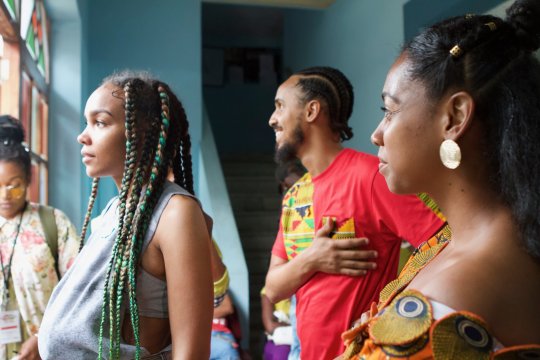
According to Dr. Yvonne Chireau, "Hoodoo is an African American-based tradition that makes use of natural and supernatural elements in order to create and effect change in the human experience."
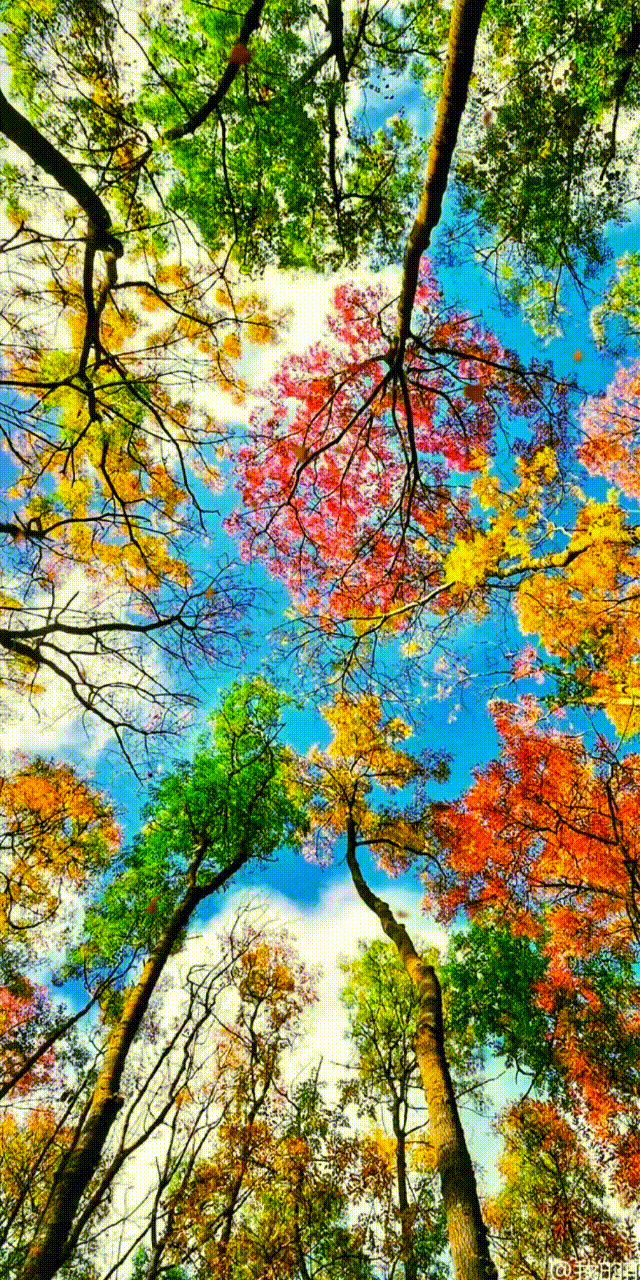
Hoodoo was created by African Americans, who were among over 12 million enslaved Africans from various Central and West African ethnic groups being transported to the Americas from the 16th to 19th centuries (1514 to 1867) as part of the transatlantic slave trade. The transatlantic slave trade to the United States occurred between 1619 and 1808, and the illegal slave trade in the United States occurred between 1808 and 1860. Between 1619 and 1860 approximately 500,000 enslaved Africans were transported to the United States.
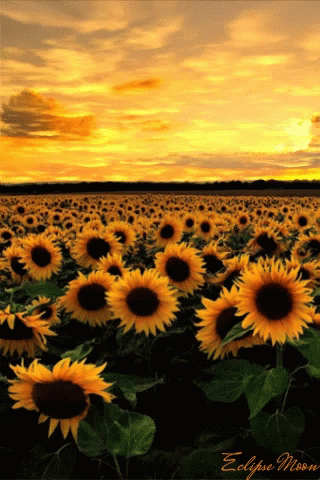
From Central Africa, Hoodoo has Bakongo magical influence from the Bakongo religion incorporating the Kongo cosmogram, Simbi water spirits, and Nkisi and Minkisi practices. The West African influence is Vodun from the Fon and Ewe people in Benin and Togo following some elements from the Yoruba religion. After their contact with European slave traders and missionaries, some Africans converted to Christianity willingly, while other enslaved Africans were forced to become Christian which resulted in a syncretization of African spiritual practices and beliefs with the Christian faith.
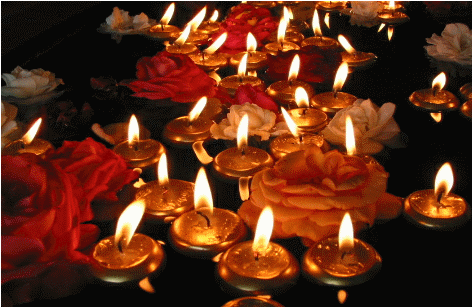
Enslaved and free Africans learned regional indigenous botanical knowledge after they arrived to the United States. The extent to which Hoodoo could be practiced varied by region and the temperament of the slaveholders. For example, the Gullah people of the coastal Southeast experienced an isolation and relative freedom that allowed retention of various traditional West African cultural practices. Gullah people and enslaved African-Americans in the Mississippi Delta, where the concentration of slaves was dense, Hoodoo was practiced under a large cover of secrecy. The reason for secrecy among enslaved and free African Americans was that slave codes prohibited large gatherings of enslaved and free African people. Slaveholders experienced how slave religion ignited slave revolts among enslaved and free African people, and some leaders of slave insurrections were African ministers or conjure doctors
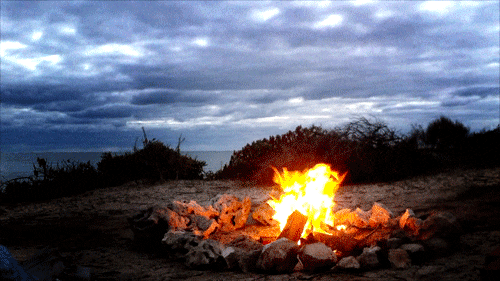
#african#afrakan#kemetic dreams#africans#brownskin#afrakans#brown skin#african culture#afrakan spirituality#bakongo#congo#conjure#ancestor veneration#rootwork#hoodoo#nkisi#simbi#botanical#botanic garden#gullah#gullah geechee#gullah gullah island#mississippi#mississippi delta#slave codes#vodun#cosmogram#yoruba#america#african american
219 notes
·
View notes